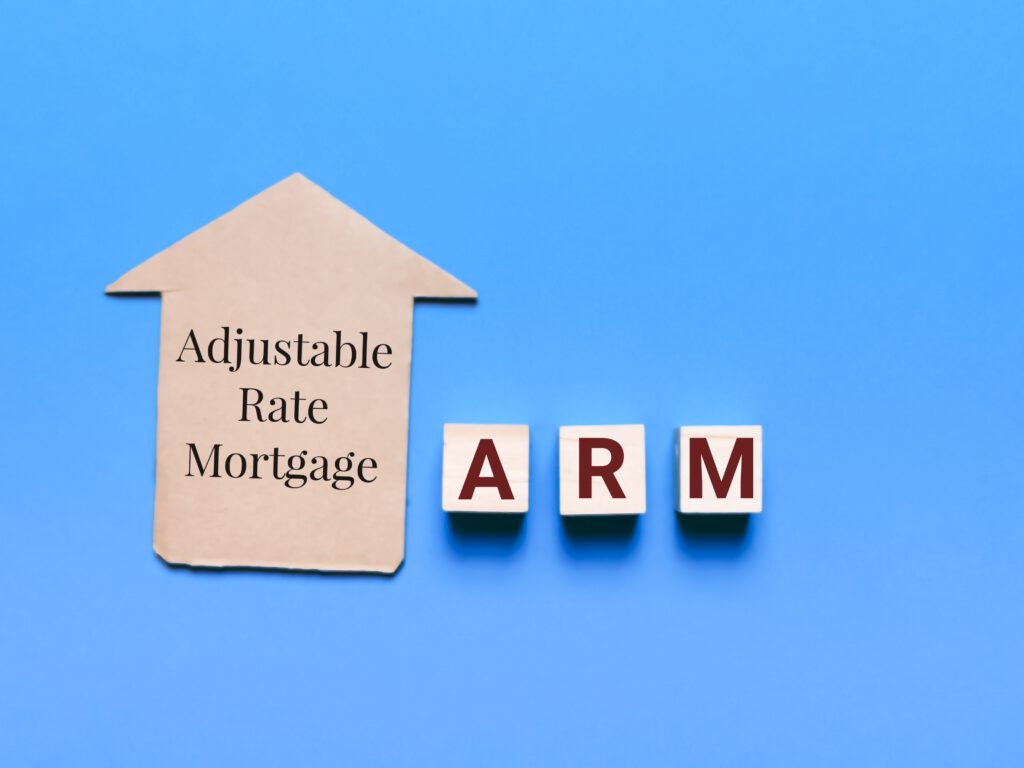
An adjustable-rate mortgage (ARM) is a type of home loan in which the interest rate is not fixed but instead can change periodically over the life of the loan. Typically, an ARM starts with an initial fixed-rate period, often ranging from 3 to 10 years, during which the interest rate remains constant. After this initial period, the interest rate adjusts periodically based on a specific financial index, such as the U.S. Prime Rate or the London Interbank Offered Rate (LIBOR), plus a predetermined margin set by the lender.
The key characteristics of an ARM include:
1. Initial Fixed Period: During this period, the interest rate and monthly payments remain stable, providing borrowers with lower rates compared to fixed-rate mortgages.
2. Adjustment Period: After the initial fixed period, the interest rate adjusts at regular intervals (e.g., annually, semi-annually) based on changes in the chosen index.
3. Rate Caps: ARMs typically have rate caps that limit how much the interest rate can increase or decrease during each adjustment period and over the life of the loan. Rate caps provide some protection against extreme rate fluctuations.
4. Risk and Uncertainty: Borrowers with ARMs face the risk that their interest rates and monthly payments may rise significantly when the loan adjusts, which can be challenging to budget for.
5. Lower Initial Costs: ARMs often offer lower initial interest rates and monthly payments compared to fixed-rate mortgages, which can make them attractive to borrowers who expect to sell or refinance the property before the initial fixed period ends.
Adjustable-rate mortgages can be a viable option for those who plan to stay in their homes for a short period or anticipate falling interest rates. However, they come with a level of uncertainty due to potential rate fluctuations, which can result in higher payments in the future. Borrowers should carefully consider their financial circumstances and risk tolerance when choosing between fixed-rate and adjustable-rate mortgages.